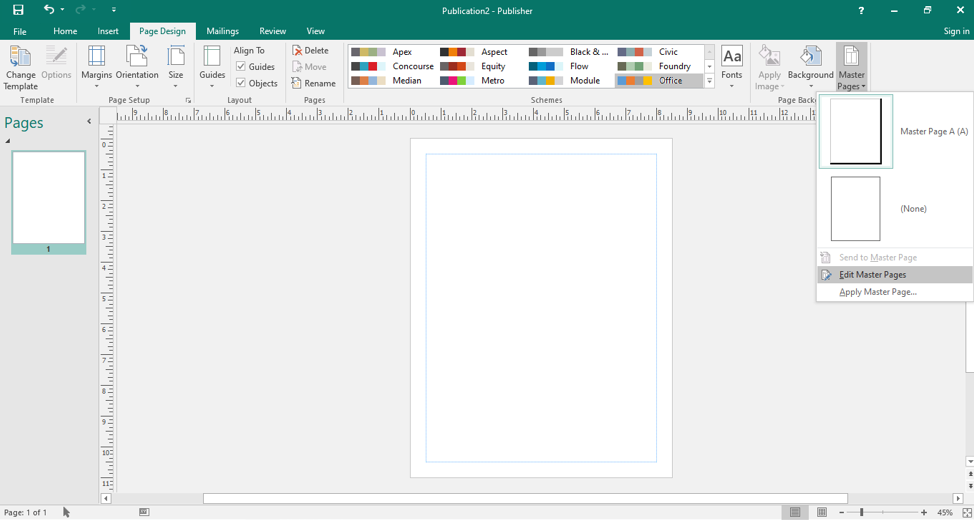

And each of the flow titles are listed as }, }, etc. I created a text frame for the instrumentation using the token }, which lists the players as they appear in Setup mode. Here’s an example of a simple table of contents page with tokens: Since this is a table of contents, it won’t contain any music frames. You can use the frame button on the left panel to add text frames, and graphics if you want them. Finally, I’ll select Type: Custom since it’s not replacing the First or Default master pages.Ĭlick OK and you can see the new master page is added to the set, ready to edit:ĭouble-click on the master page to edit it, and you’re now starting with a blank page: I named my new master page “Table of Contents,” and I’m going to select (None) so it’ll be blank, rather than based on an existing design. Once you have the correct master page set selected, click on the + (plus) button in the bottom left corner, which brings up a New Master Page dialog: Instead, you would switch to a part layout.
#PUBLISHER MASTER PAGE FROM FILE FULL#
Doing so will actually re-assign the Part master page set to the layout you’re currently viewing, which is not what you want (i.e., it’ll make your full score look like a part score). If you want to edit the Part master page set, don’t select it from the dropdown.

In the screenshot above, I’m currently viewing a full score, so it’s using the Full Score master page set. Currently, Dorico does not allow you to import or export master pages, but you can easily save a blank project and import flows to use its formatting.įirst, make sure you’re viewing the master page set you want to modify (either Full Score or Parts). You probably need a table of contents page only once in a project, but you could set up a master page to use in all future projects. If you’re doing the same thing more than once, create a custom master page. Here’s a rule of thumb: If you’re doing it once, just override the master page. The question is whether you should simply modify the existing master page and create a page override, or actually create a custom master page. When setting up your score, there may be pages that are laid out differently than either your First or Default master pages: perhaps a table of contents, or a page with extensive footnotes that requires a text frame. In Part 2, we’ll look at additional functions related to master pages: adding custom master pages, inserting master page changes, and creating additional master page sets. If you’re new to master pages, you should read that post first.
#PUBLISHER MASTER PAGE FROM FILE HOW TO#
In Part 1, I explained the concept of master pages in Dorico and how to use them.


 0 kommentar(er)
0 kommentar(er)
